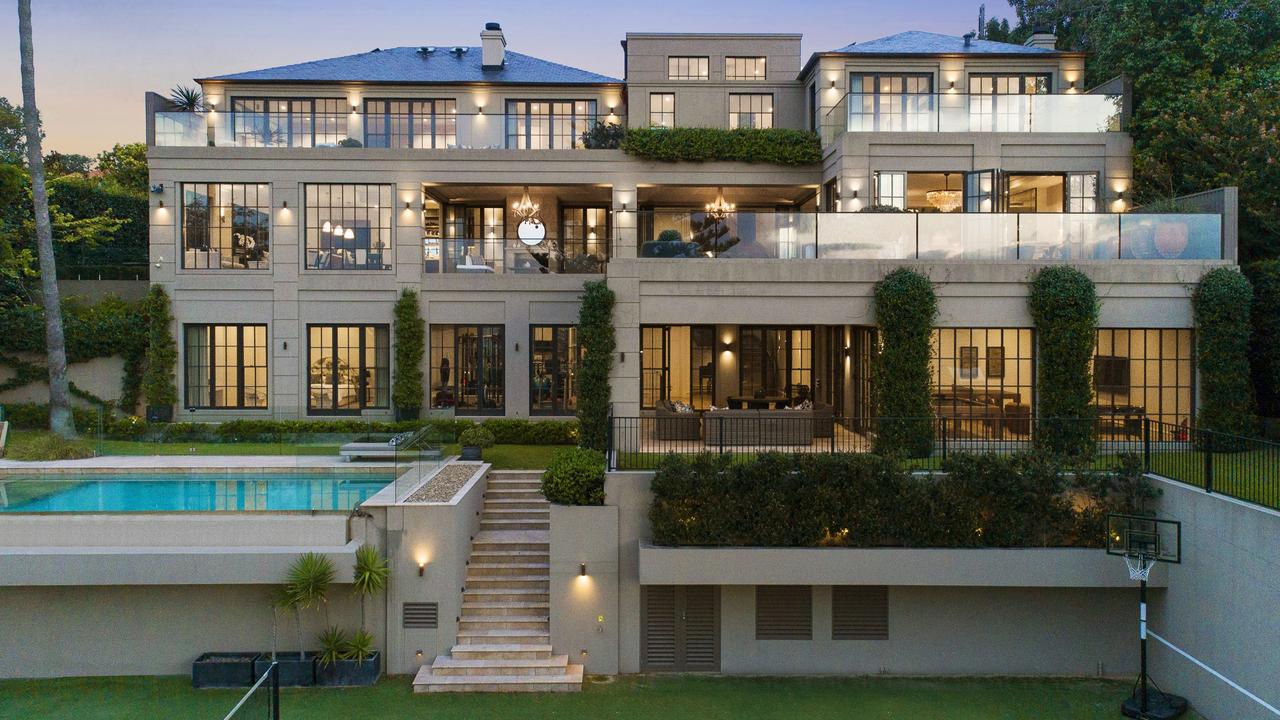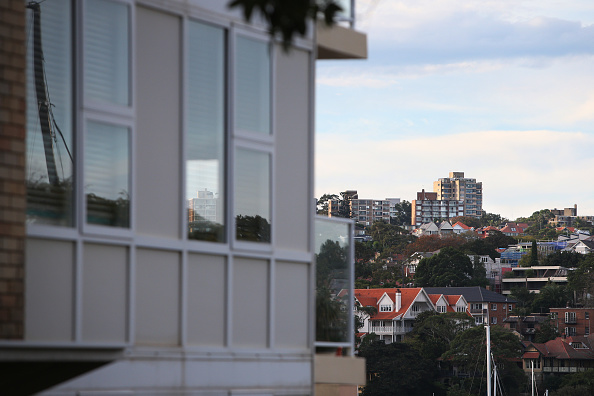Sydney Prime Property Prices Forecast To Keep Growing
As the prestige residential market around the world continues to surge.
Sydney will be the second-highest city for prime price growth in 2022 (9%), only behind Miami (10%) according to Knight Frank’s Prime Global Forecast data on prime property markets around the world.
The NSW capital is estimated to reach prime residential growth of 12% by the end of 2021, after recording 10.7% growth in the year to Q3 2021. This is in line with other global cities, with Knight Frank’s Prime Global Cities Index for Q3 2021 showing that 33% of global cities registered price growth above 10% in the same period.
With borders reopening and the return of investors combined with domestic buyers looking for second homes – the report posits that prime prices will accelerate further across Australia.
However, this is not a trend that is isolated to Australia, with Knight Frank’s data showing that 84% of global cities saw prime prices rise on an annual basis – a percentage that is growing each quarter.
Michelle Ciesielski, Knight Frank’s head of residential research indicates that the prime residential market will experience a lengthier upward swing — in line with other global cities.
“There have now been 35 consecutive quarters of uninterrupted positive annual growth in Sydney’s prime market, averaging 7.3% growth since 2013. Although we’re hearing of record prices being achieved at the very top end, the growth in the prestige market is steadily coming off a much higher footing,” said Ms Ciesielski.
“Contributing to Sydney’s prime values, the super-prime market is performing exceptionally well with many suburban records being achieved in excess of $10 million, especially for those homes located close to the water.”
Sydney wasn’t the only Australian city to perform well in the prestige market in the year to Q3 2021. All five major cities ranked in the top 23, from 45 global cities in the Prime Global Cities Index Q3 2021, averaging 9.3% annual growth – although this is still shy of the overall rate of growth for the global index at 9.5%.
While Sydney saw 10.7% annual growth in this time, Gold Coast and Perth were close behind with double-digit growth of 10.5% and 10.4%, respectively. Brisbane registered 8.4% growth, whilst Melbourne continued to pick up pace with 6.5%.
Following Sydney’s prime forecast of 9% in 2022, Gold Coast is earmarked to see the prime residential market grow by a further 8%, whilst Melbourne closer to 7%, followed by Perth and Brisbane at 6%.
Knight Frank defines the prime residential market as being the most desirable and expensive property in a given location, generally defined as the top 5% of each market by value.
This stylish family home combines a classic palette and finishes with a flexible floorplan
Just 55 minutes from Sydney, make this your creative getaway located in the majestic Hawkesbury region.
As Paris makes its final preparations for the Olympic games, its residents are busy with their own—packing their suitcases, confirming their reservations, and getting out of town.
Worried about the hordes of crowds and overall chaos the Olympics could bring, Parisians are fleeing the city in droves and inundating resort cities around the country. Hotels and holiday rentals in some of France’s most popular vacation destinations—from the French Riviera in the south to the beaches of Normandy in the north—say they are expecting massive crowds this year in advance of the Olympics. The games will run from July 26-Aug. 1.
“It’s already a major holiday season for us, and beyond that, we have the Olympics,” says Stéphane Personeni, general manager of the Lily of the Valley hotel in Saint Tropez. “People began booking early this year.”
Personeni’s hotel typically has no issues filling its rooms each summer—by May of each year, the luxury hotel typically finds itself completely booked out for the months of July and August. But this year, the 53-room hotel began filling up for summer reservations in February.
“We told our regular guests that everything—hotels, apartments, villas—are going to be hard to find this summer,” Personeni says. His neighbours around Saint Tropez say they’re similarly booked up.
As of March, the online marketplace Gens de Confiance (“Trusted People”), saw a 50% increase in reservations from Parisians seeking vacation rentals outside the capital during the Olympics.
Already, August is a popular vacation time for the French. With a minimum of five weeks of vacation mandated by law, many decide to take the entire month off, renting out villas in beachside destinations for longer periods.
But beyond the typical August travel, the Olympics are having a real impact, says Bertille Marchal, a spokesperson for Gens de Confiance.
“We’ve seen nearly three times more reservations for the dates of the Olympics than the following two weeks,” Marchal says. “The increase is definitely linked to the Olympic Games.”

Getty Images
According to the site, the most sought-out vacation destinations are Morbihan and Loire-Atlantique, a seaside region in the northwest; le Var, a coastal area within the southeast of France along the Côte d’Azur; and the island of Corsica in the Mediterranean.
Meanwhile, the Olympics haven’t necessarily been a boon to foreign tourism in the country. Many tourists who might have otherwise come to France are avoiding it this year in favour of other European capitals. In Paris, demand for stays at high-end hotels has collapsed, with bookings down 50% in July compared to last year, according to UMIH Prestige, which represents hotels charging at least €800 ($865) a night for rooms.
Earlier this year, high-end restaurants and concierges said the Olympics might even be an opportunity to score a hard-get-seat at the city’s fine dining.
In the Occitanie region in southwest France, the overall number of reservations this summer hasn’t changed much from last year, says Vincent Gare, president of the regional tourism committee there.
“But looking further at the numbers, we do see an increase in the clientele coming from the Paris region,” Gare told Le Figaro, noting that the increase in reservations has fallen directly on the dates of the Olympic games.
Michel Barré, a retiree living in Paris’s Le Marais neighbourhood, is one of those opting for the beach rather than the opening ceremony. In January, he booked a stay in Normandy for two weeks.
“Even though it’s a major European capital, Paris is still a small city—it’s a massive effort to host all of these events,” Barré says. “The Olympics are going to be a mess.”
More than anything, he just wants some calm after an event-filled summer in Paris, which just before the Olympics experienced the drama of a snap election called by Macron.
“It’s been a hectic summer here,” he says.

AFP via Getty Images
Parisians—Barré included—feel that the city, by over-catering to its tourists, is driving out many residents.
Parts of the Seine—usually one of the most popular summertime hangout spots —have been closed off for weeks as the city installs bleachers and Olympics signage. In certain neighbourhoods, residents will need to scan a QR code with police to access their own apartments. And from the Olympics to Sept. 8, Paris is nearly doubling the price of transit tickets from €2.15 to €4 per ride.
The city’s clear willingness to capitalise on its tourists has motivated some residents to do the same. In March, the number of active Airbnb listings in Paris reached an all-time high as hosts rushed to list their apartments. Listings grew 40% from the same time last year, according to the company.
With their regular clients taking off, Parisian restaurants and merchants are complaining that business is down.
“Are there any Parisians left in Paris?” Alaine Fontaine, president of the restaurant industry association, told the radio station Franceinfo on Sunday. “For the last three weeks, there haven’t been any here.”
Still, for all the talk of those leaving, there are plenty who have decided to stick around.
Jay Swanson, an American expat and YouTuber, can’t imagine leaving during the Olympics—he secured his tickets to see ping pong and volleyball last year. He’s also less concerned about the crowds and road closures than others, having just put together a series of videos explaining how to navigate Paris during the games.
“It’s been 100 years since the Games came to Paris; when else will we get a chance to host the world like this?” Swanson says. “So many Parisians are leaving and tourism is down, so not only will it be quiet but the only people left will be here for a party.”
This stylish family home combines a classic palette and finishes with a flexible floorplan
Just 55 minutes from Sydney, make this your creative getaway located in the majestic Hawkesbury region.


















